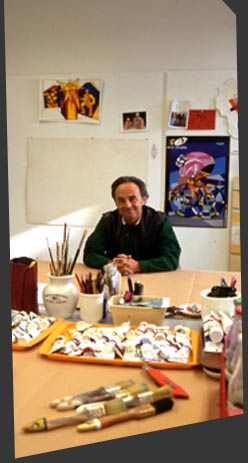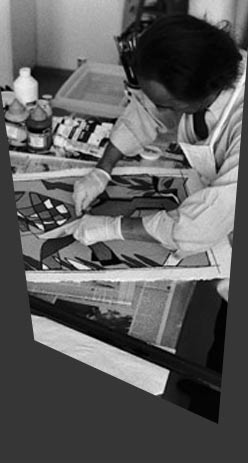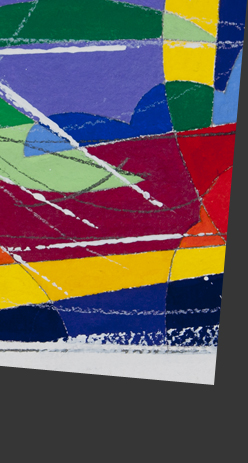As a body of evidence of the story of the image and its perception by the various artists and intellectuals with whom Nespolo has interacted, Ugo Nespolo’s film oeuvre has a considerable historic value and documentary importance. However, regardless of whether this aspect is considered a prevalent or secondary feature of his work, it is an element which is not to be underestimated. Moreover, as part of the very essence of his films, it is a clear manifestation of the apparently contradictory use of experimental art as a means of mass communication. Indeed, considering the fragmentation (of the image and the story) which pervades many of this film works to be a far more effective means for communicating sensations than traditional language, Film-a-To is a true masterpiece of its genre. The hyphenated title, the commentary and the choice of images combine to provide an original yet perfect description of images and stories which would otherwise require hours and hours of traditional commentary, without ever falling into the trap of simplification so often experienced in the field of advertising. Nespolo’s ability to make such a complex plot understandable by all enables him to personify the concept of institutional communication, an “art form” which has been the stumbling block of many of even the greatest film directors.




